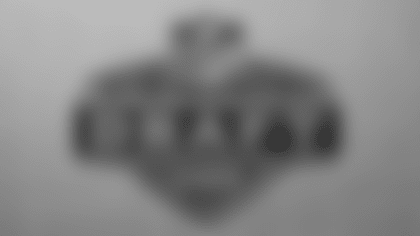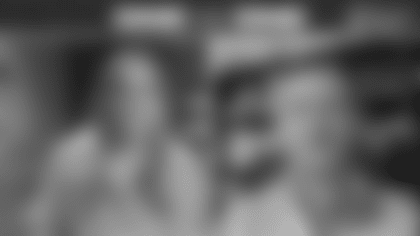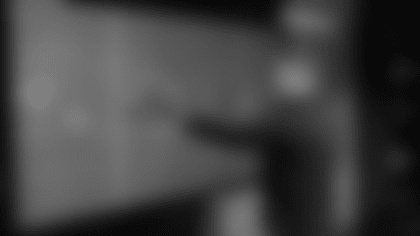Do you have a comment or question? Send it to the vikings.com Mailbag! Every Monday we'll post several comments and/or questions as part of the vikings.com Monday Morning Mailbag. Although we can't post every comment or question, we will reply to every question submitted.
Click here to submit a comment or question to the mailbag. Remember to include your name and town on the email. The questions below have been edited for clarity.
I keep hearing that this draft is [loaded] with receivers; do you think our team will look to address the position to give Stefon Diggs and Adam Thielen some help? Also, do you see us drafting O-Line early again, or should we look to add more weapons early in the draft?
– Jaycee from Grand Rapids, Michigan
The offseason is always a fun time of year because we know there are changes coming, but it has yet to be determined what those changes are.
To be honest with you, I haven't had a chance yet to dive into draft prospects for this year. So while I've also heard positive things about the wide receiver class, I'm unable to personally weigh in on that one. As far as which positions the Vikings will target early in the draft, I actually feel like it's too early to really know for sure because a lot can happen between now and the end of April, when the 2020 NFL Draft will be held in Las Vegas.
What I'm looking forward to is seeing how free agency shakes out for Minnesota – which players are re-signed, which do not return and, potentially, which new players the Vikings bring in. The roster as it stands now likely will look a little different by the time the draft rolls around, and that could determine which position(s) the team targets first.
But that being said, Vikings General Manager Rick Spielman also has emphasized the priority of bringing in the best possible players. I don't expect to see the team reach for a player at a certain spot based on position alone, if that makes sense.
Thanks for your support of the team, and we'll see how everything plays out in the coming weeks.
How will the Vikings offense change under Kubiak?
– Ellie
That's a great question. I imagine we might see some new wrinkles here and there, but I don't expect the offense to change significantly with Gary Kubiak moving into the offensive coordinator role.
When the Vikings hired Kubiak last year as Minnesota's assistant head coach/offensive advisor, it was anticipated that the longtime coach's fingerprints would be on the offensive system, and that proved accurate. Kubiak – who spent time as a head coach in Houston and in Denver – has become known for his implementation of play-action passes, bootlegs and personnel groupings that often utilize a fullback and/or two tight ends.
Former Offensive Coordinator Kevin Stefanski, who departed Minnesota for the head coaching gig in Cleveland, called all of the Vikings offensive plays in 2019, but he and Kubiak worked closely together and aligned on the system.
Throughout the 2019 season, Vikings fans saw Kirk Cousins succeed with those play-action and boot plays, fullback C.J. Ham was on the field for 35 percent of the team's offensive plays (compared to 13 percent in 2018), and tight ends Kyle Rudolph and Irv Smith often were on the field at the same time.
So while the play calling in 2020 won't be the exact same, the offensive system will stay pretty consistent.
The continuity is something that Vikings players are grateful for – particularly Cousins, who has had a different offensive coordinator for every season as a starter. But at least with Kubiak, there's a lot of familiarity.
Cousins said the following when Kubiak transitioned to offensive coordinator.
"This is going to be my fifth voice in my helmet calling the plays in five years, so I was hoping for continuity, and we're going to be able to have that. … Gary's obviously proven himself as a player, as a coach, as a coordinator. So we're in a good spot. We have great leadership there at the coordinator position, and I'm excited to get back to work with him."
View the top photos of Vikings RB Dalvin Cook from the 2019 season.

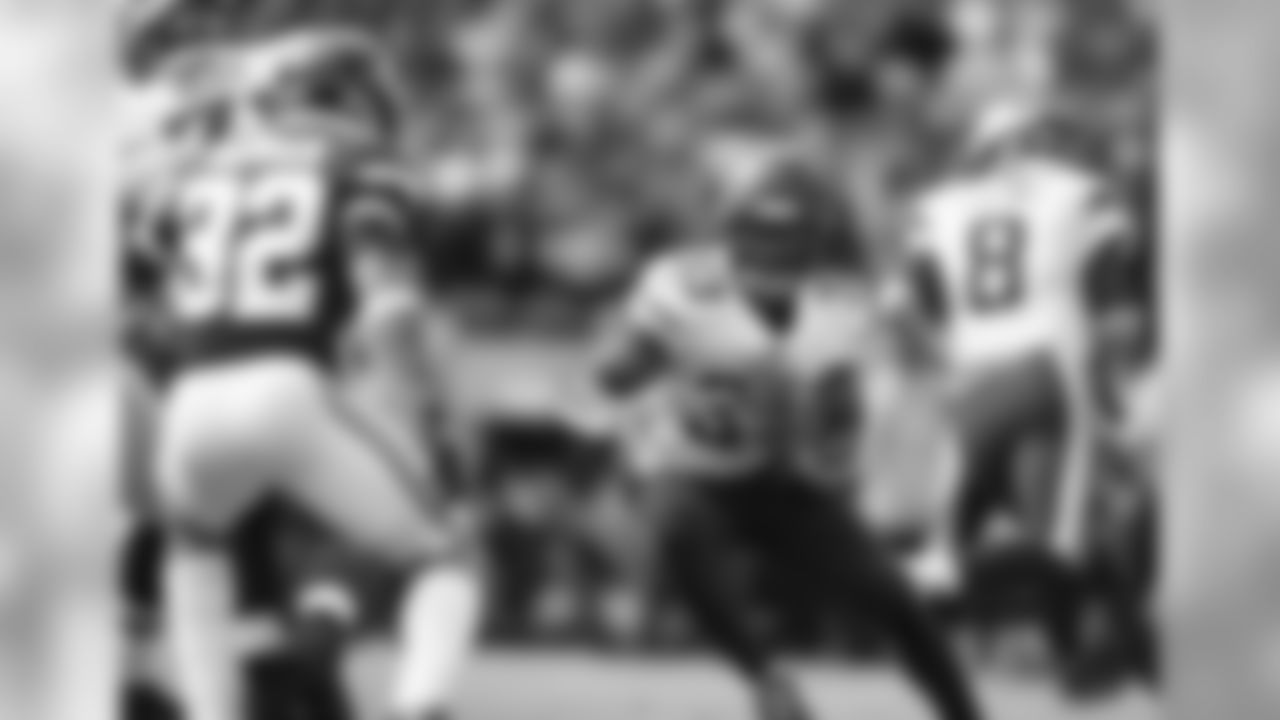
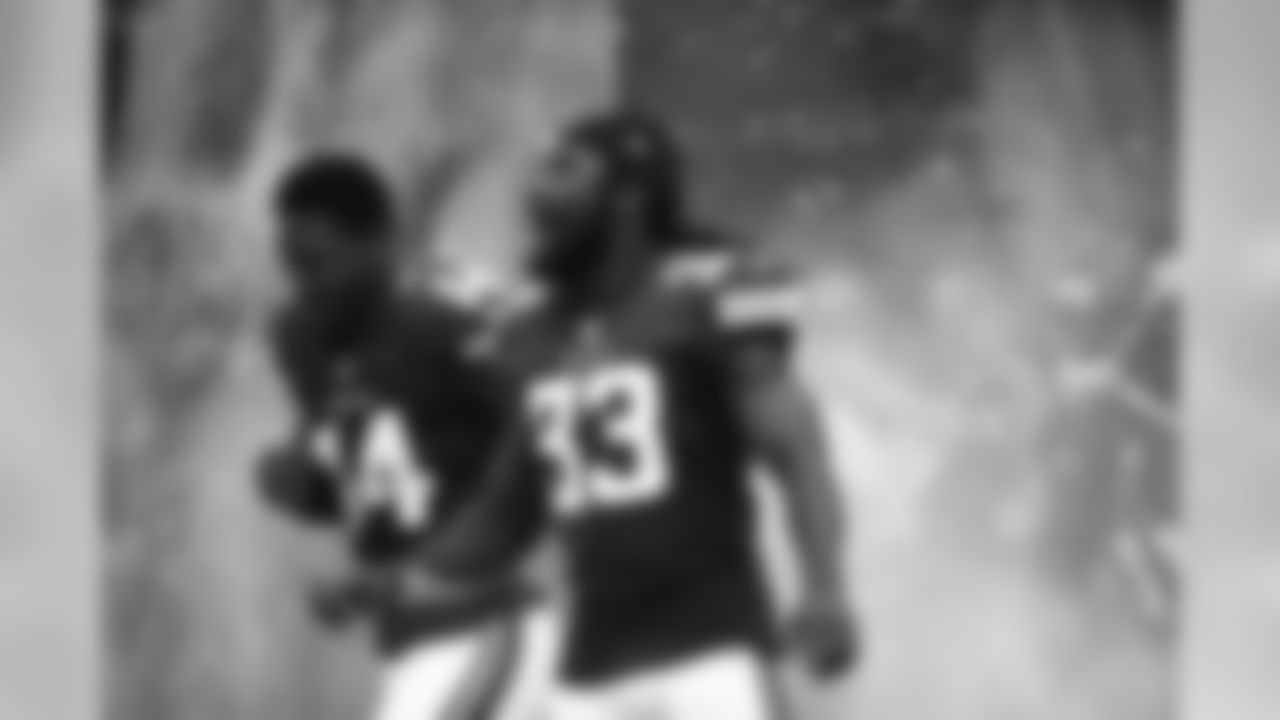
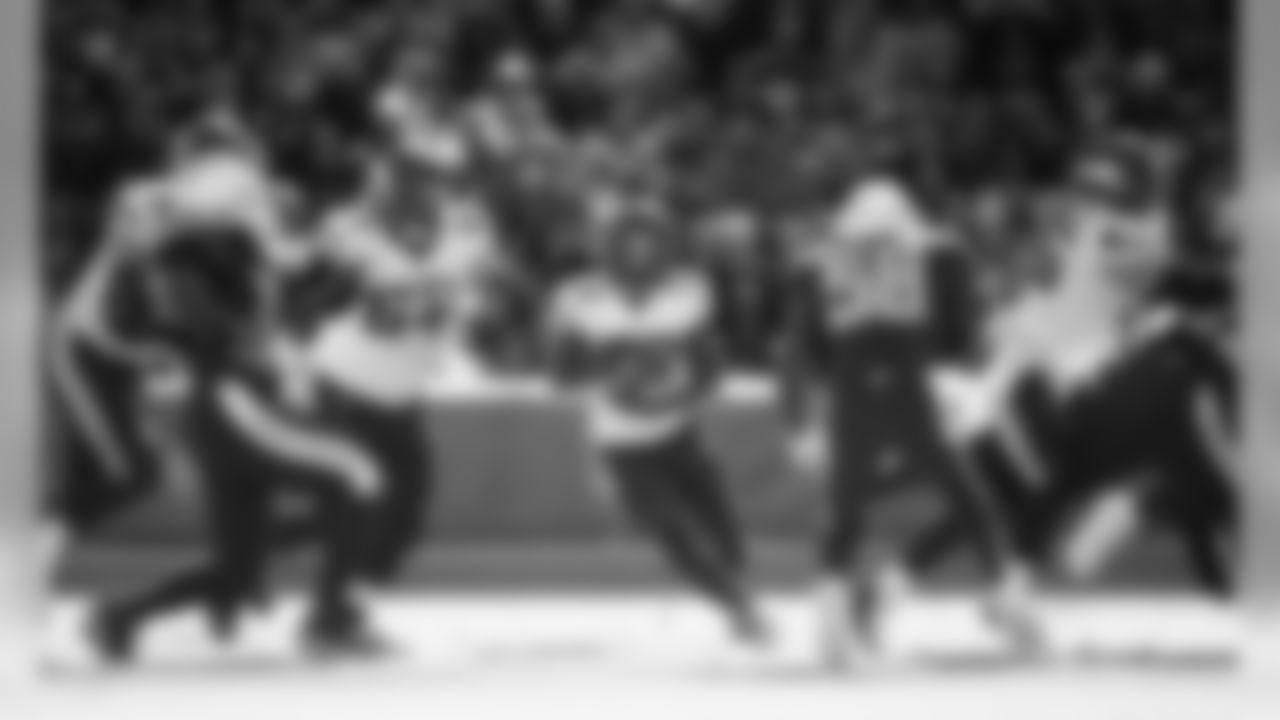

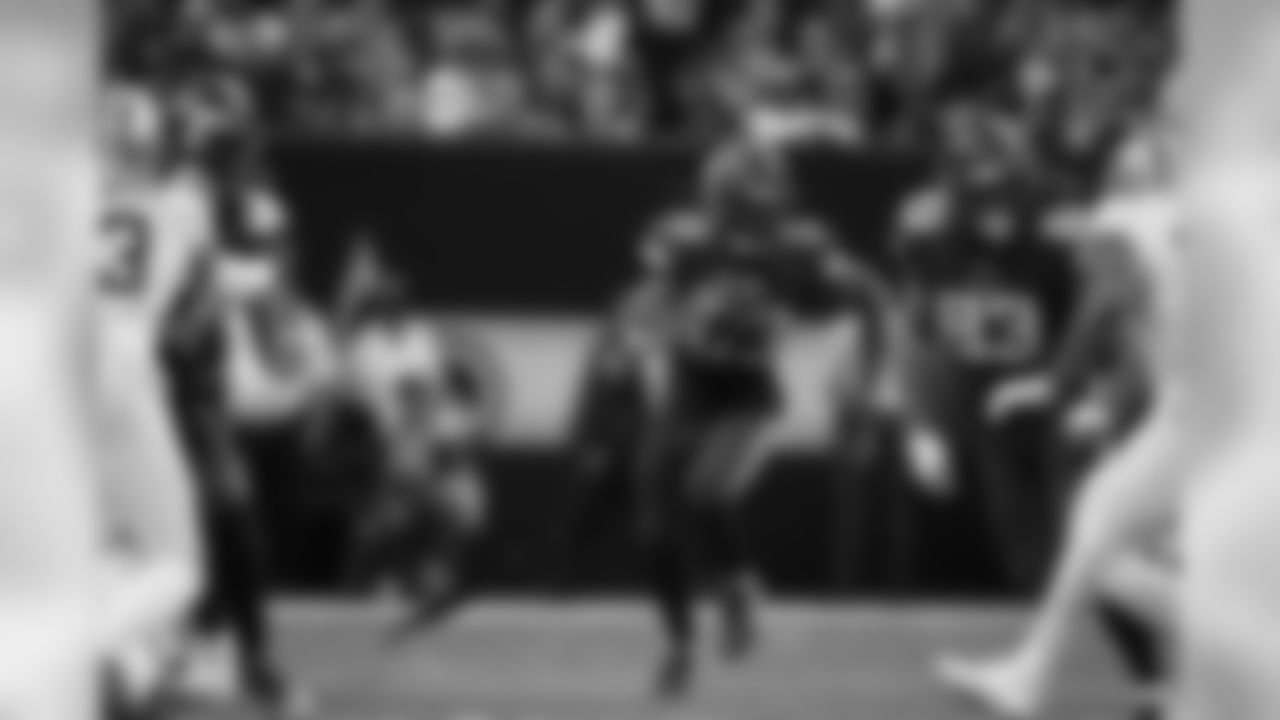


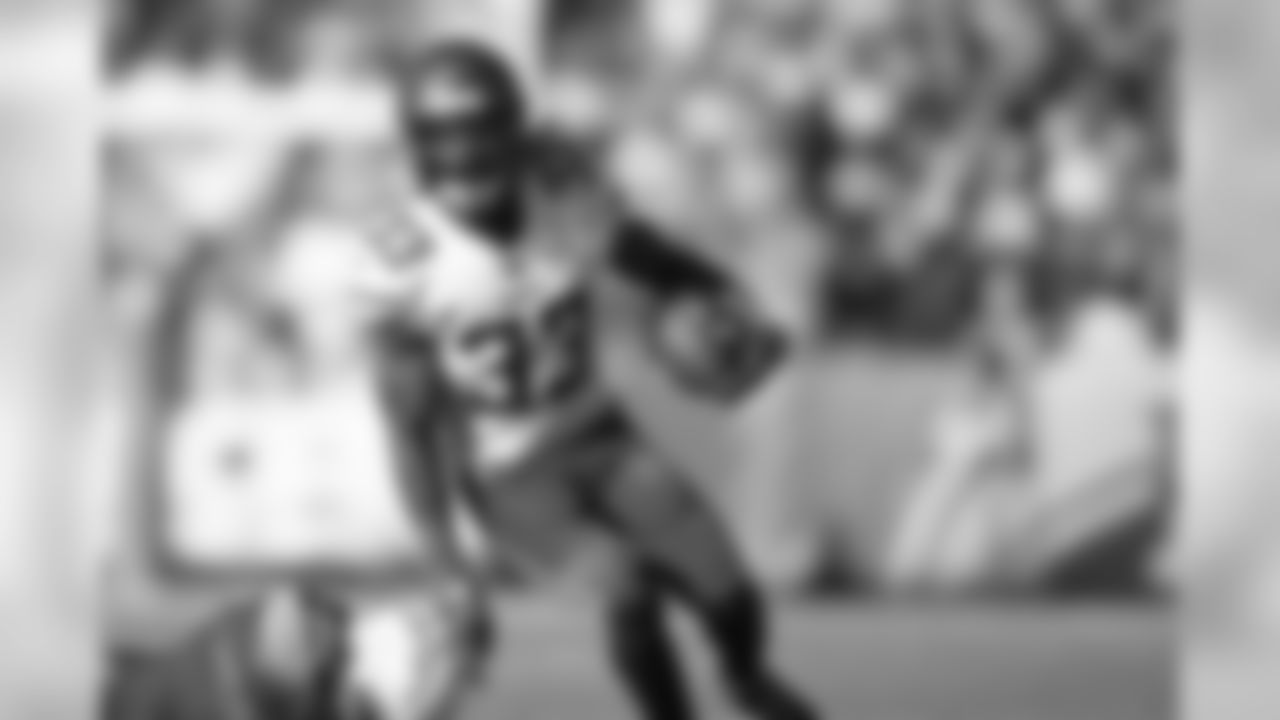





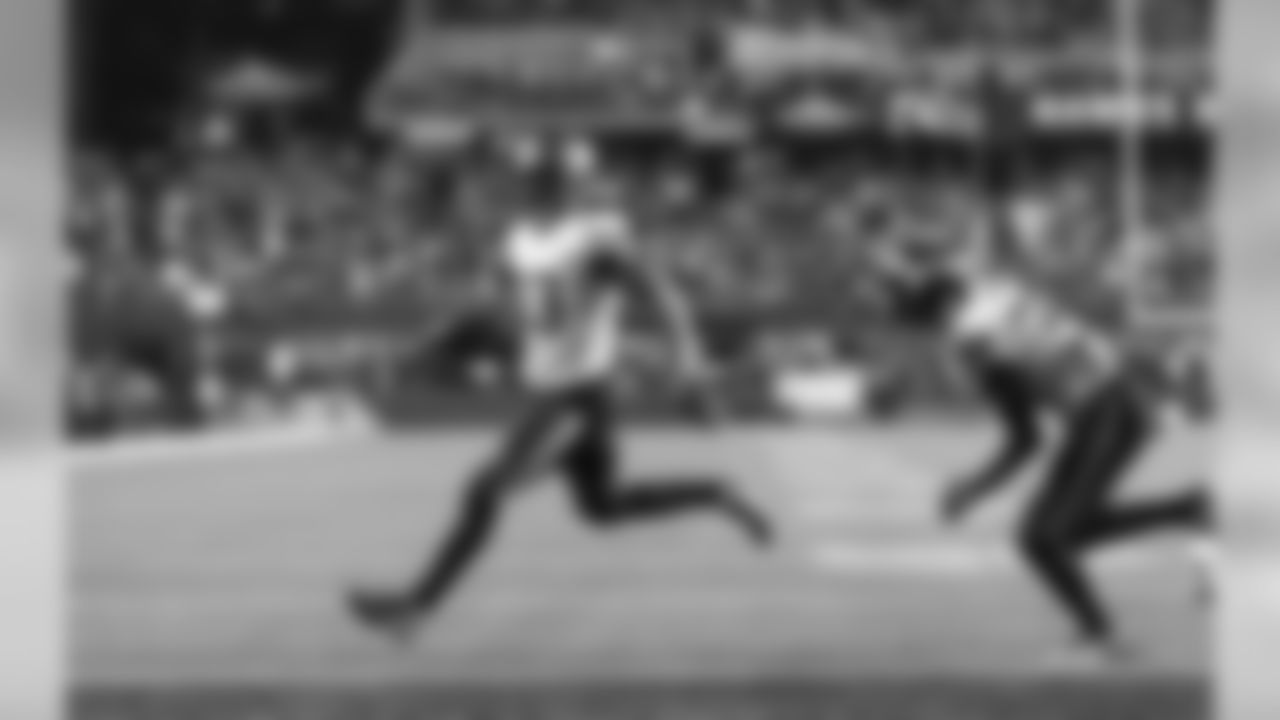



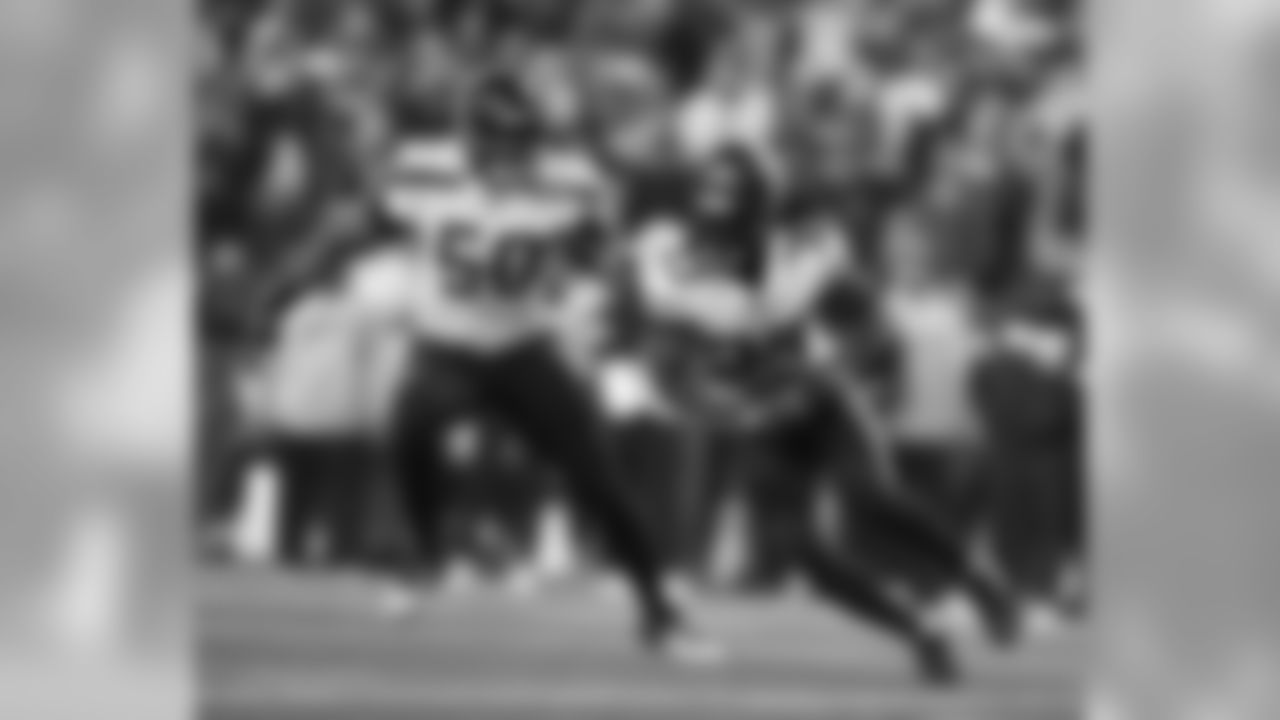


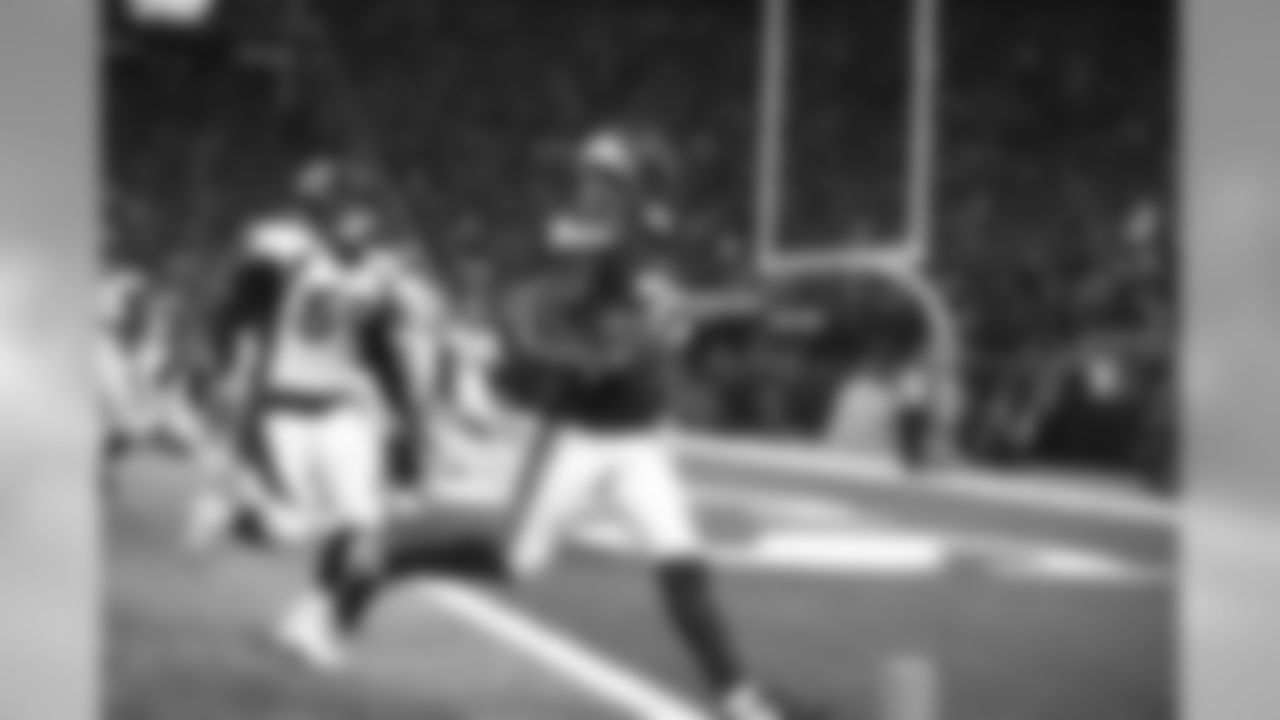
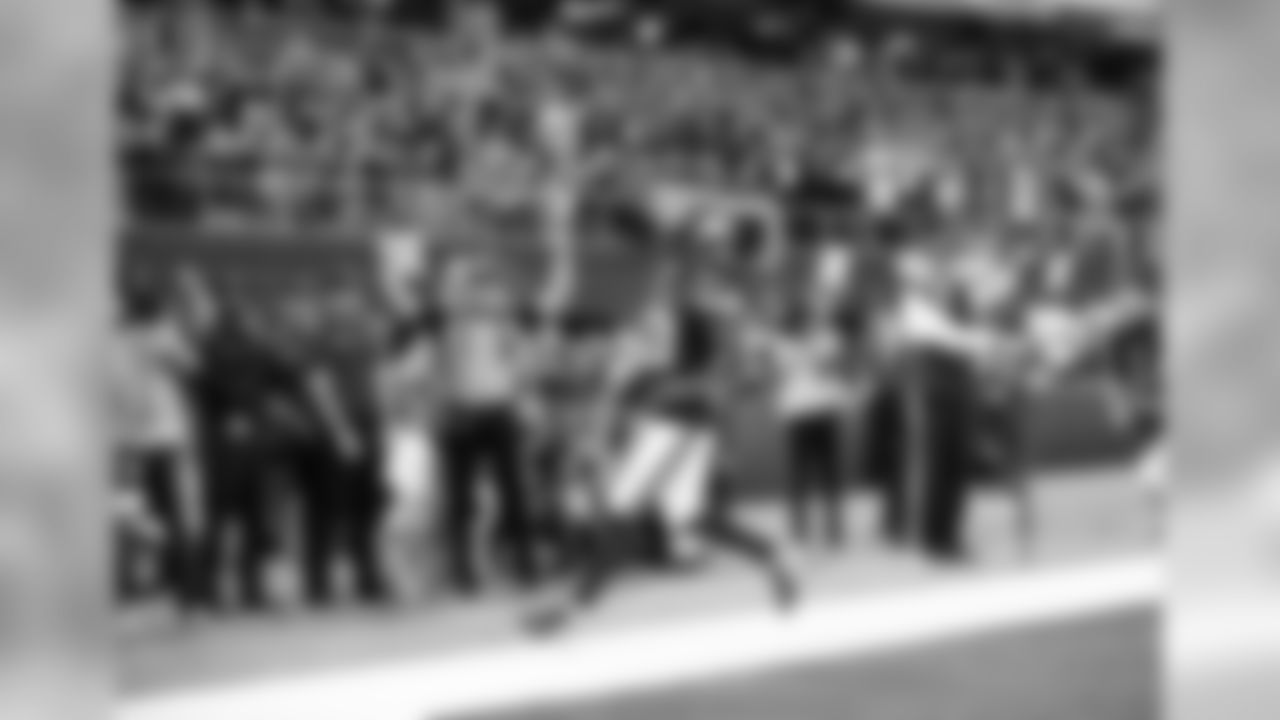
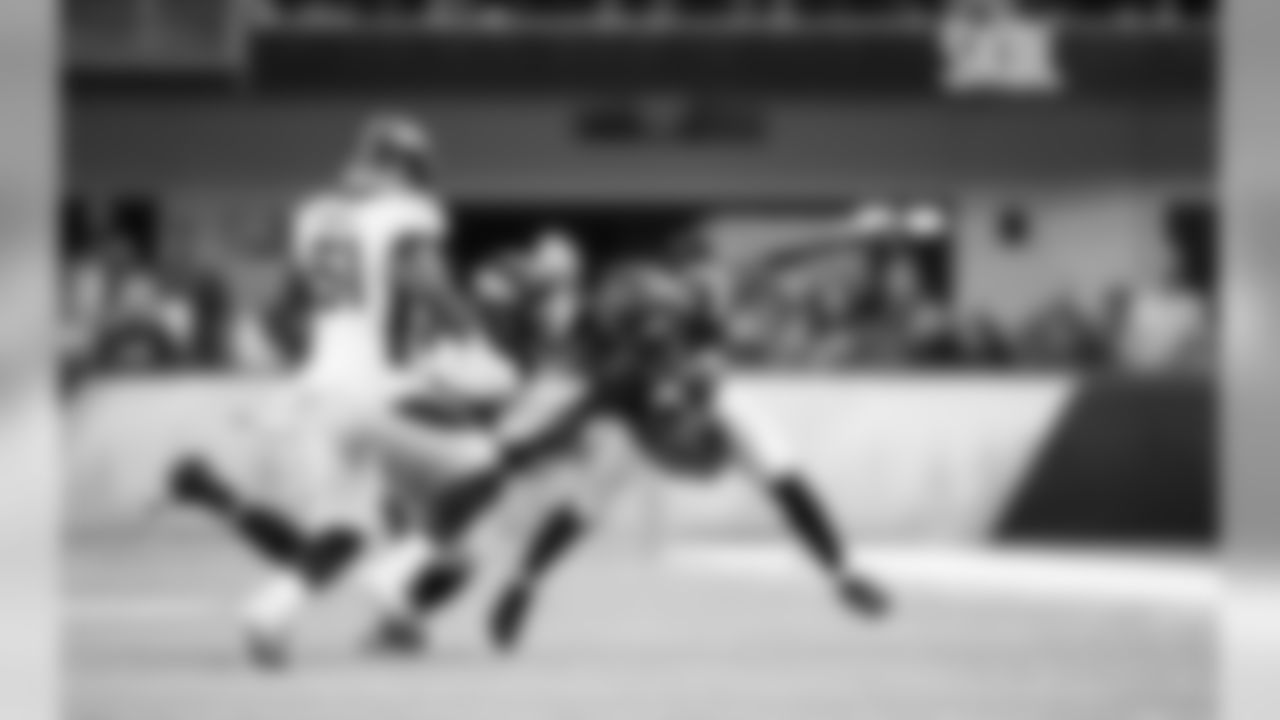
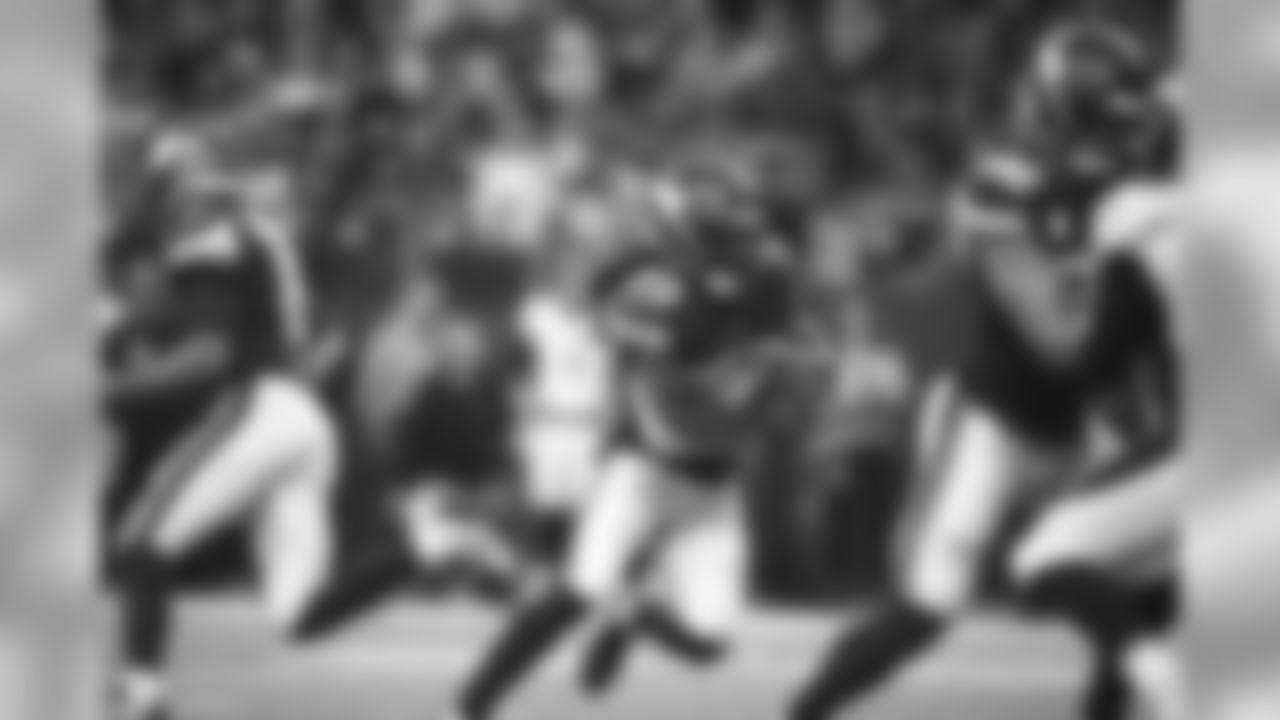

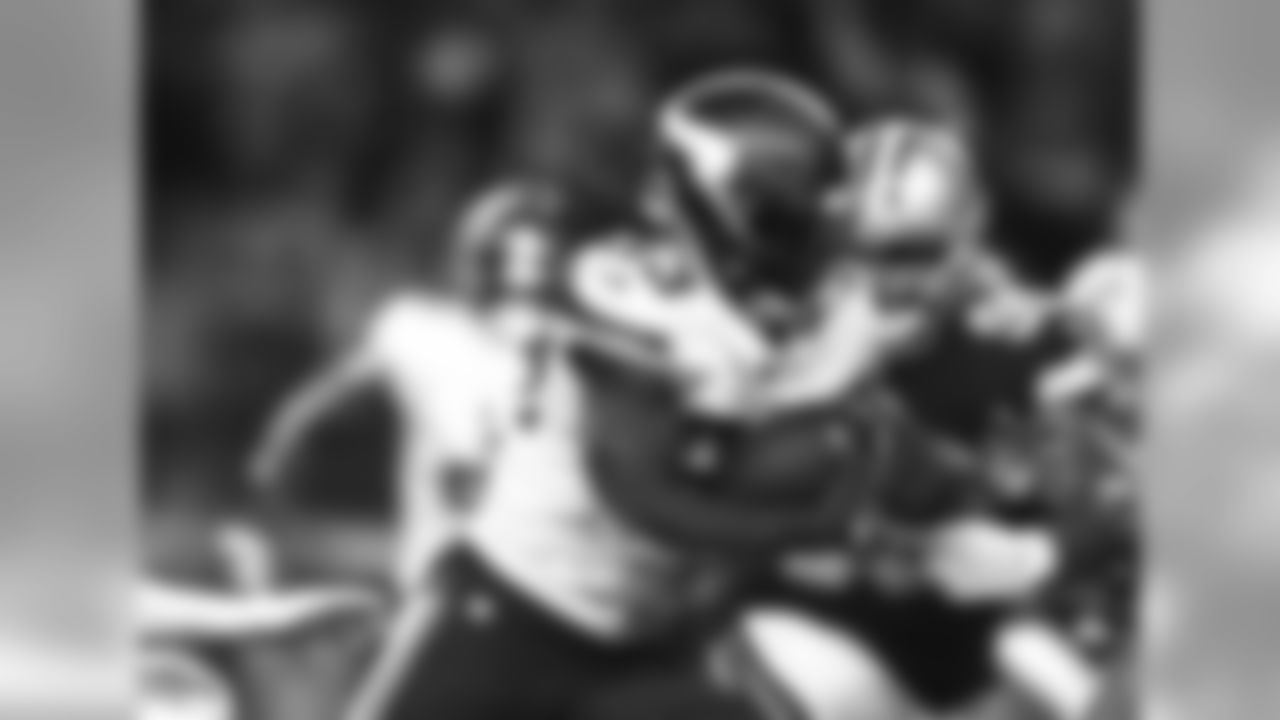

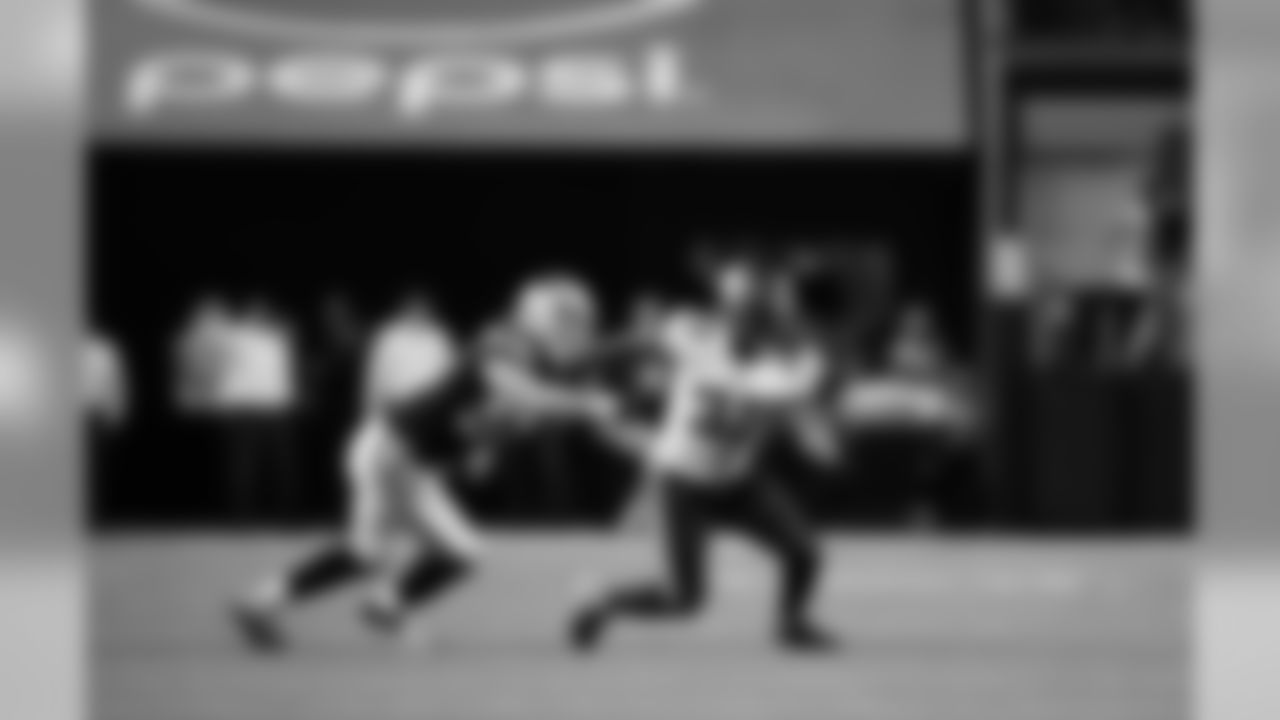


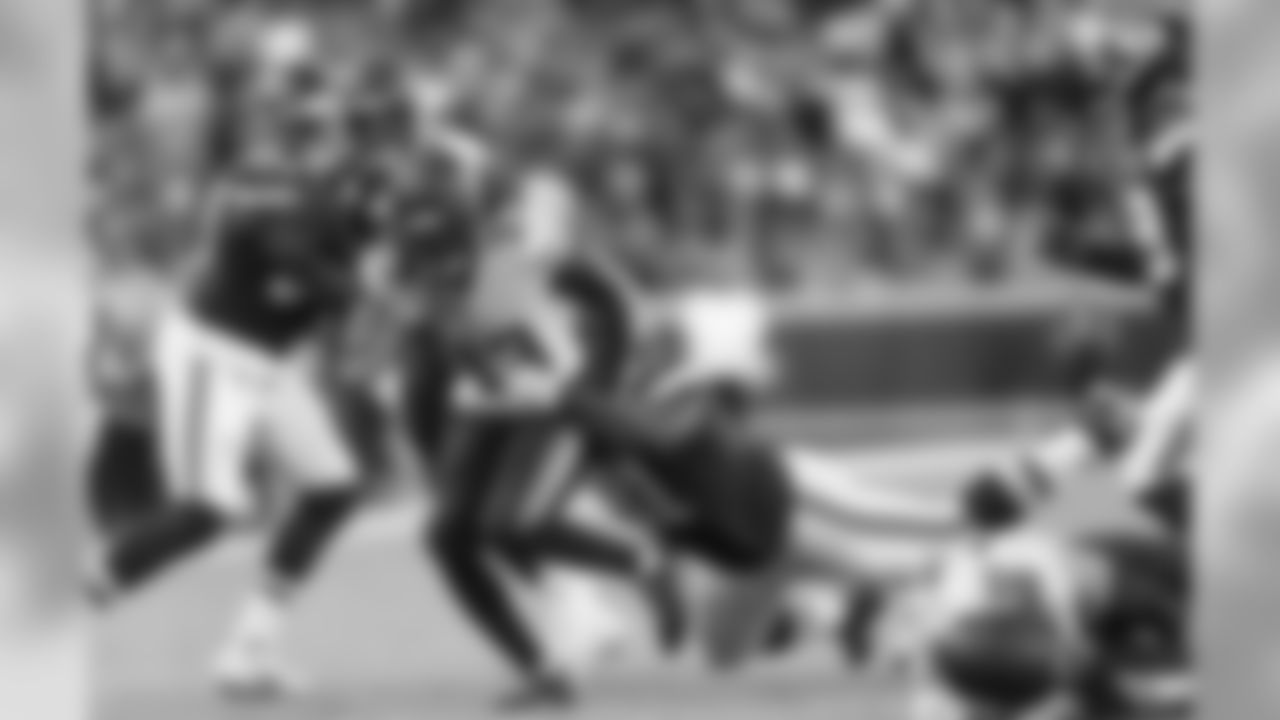
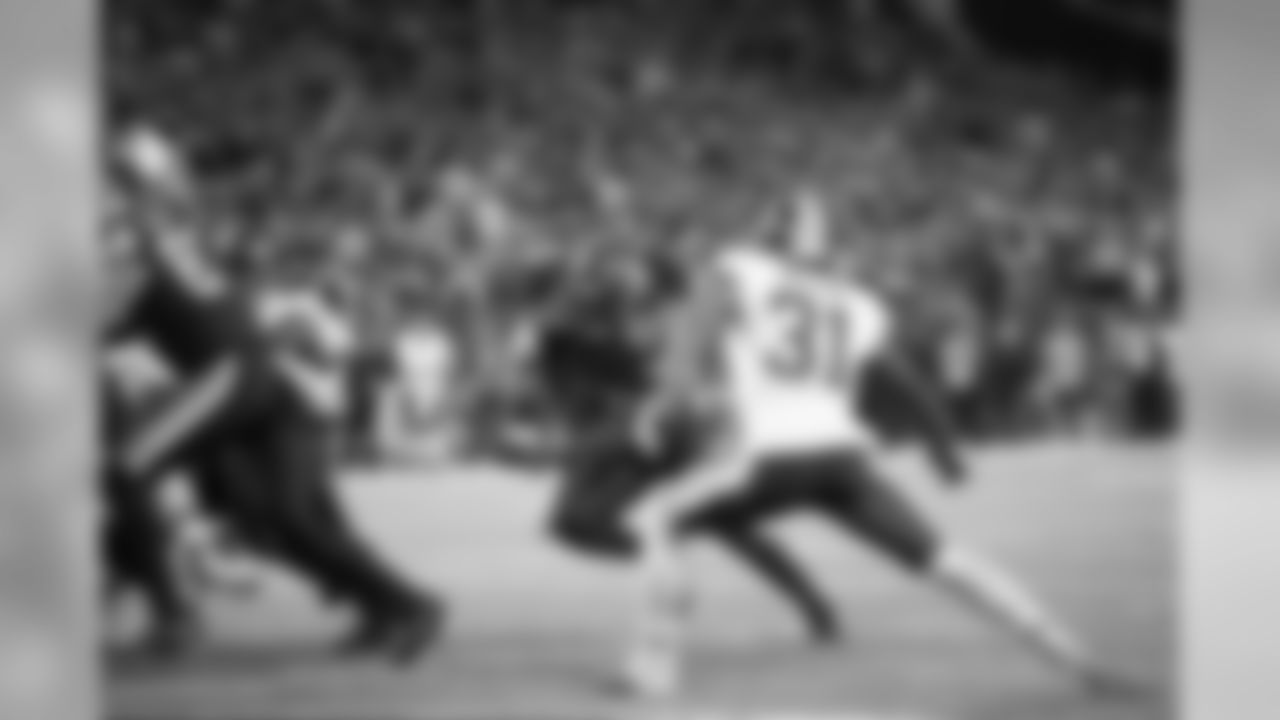



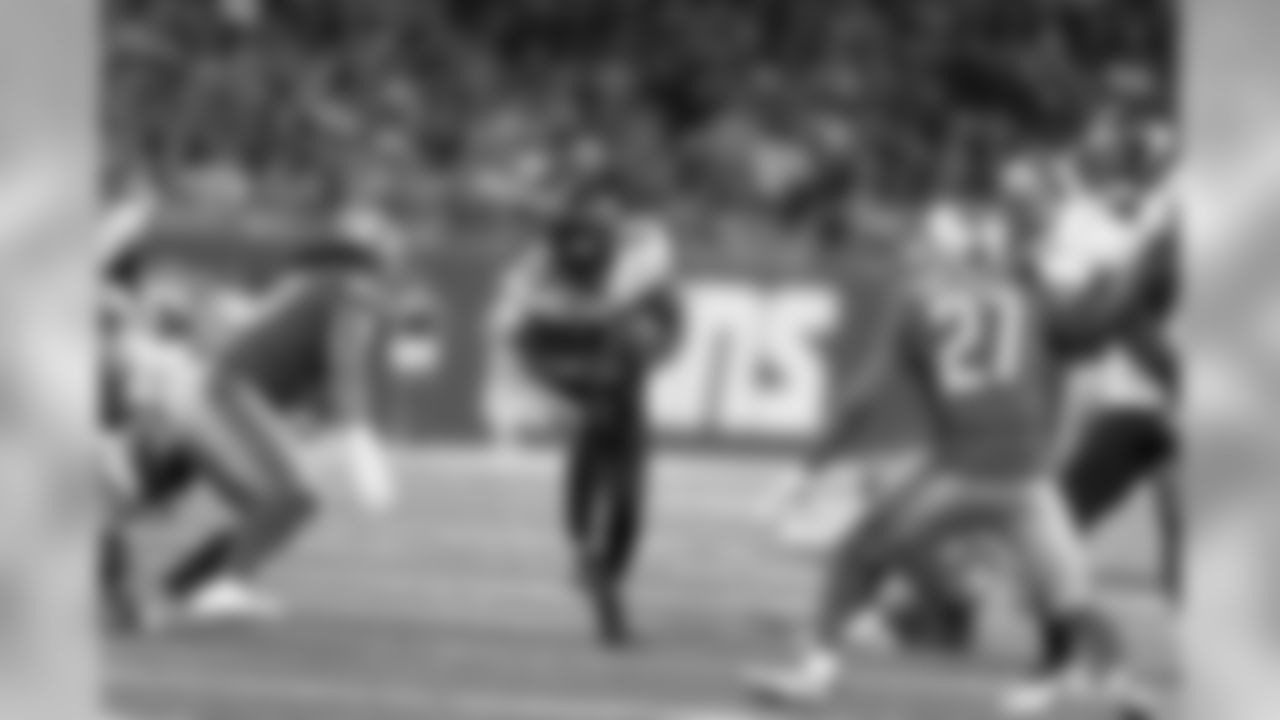
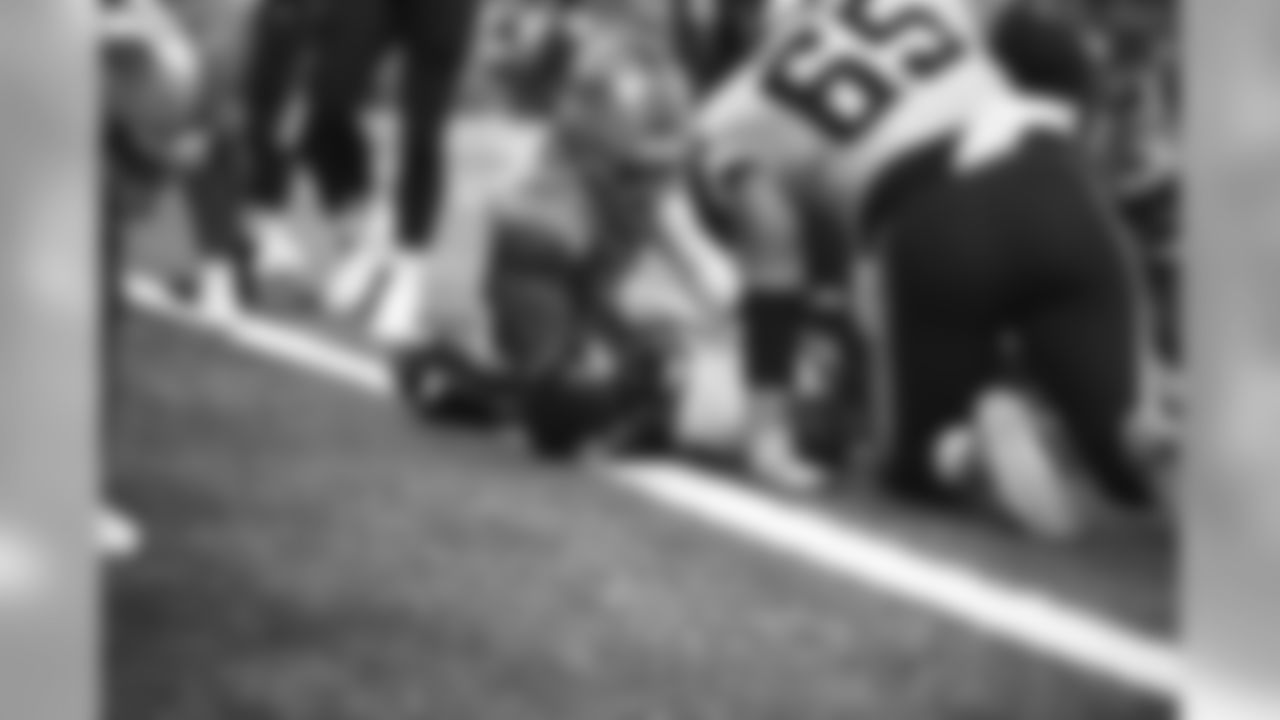

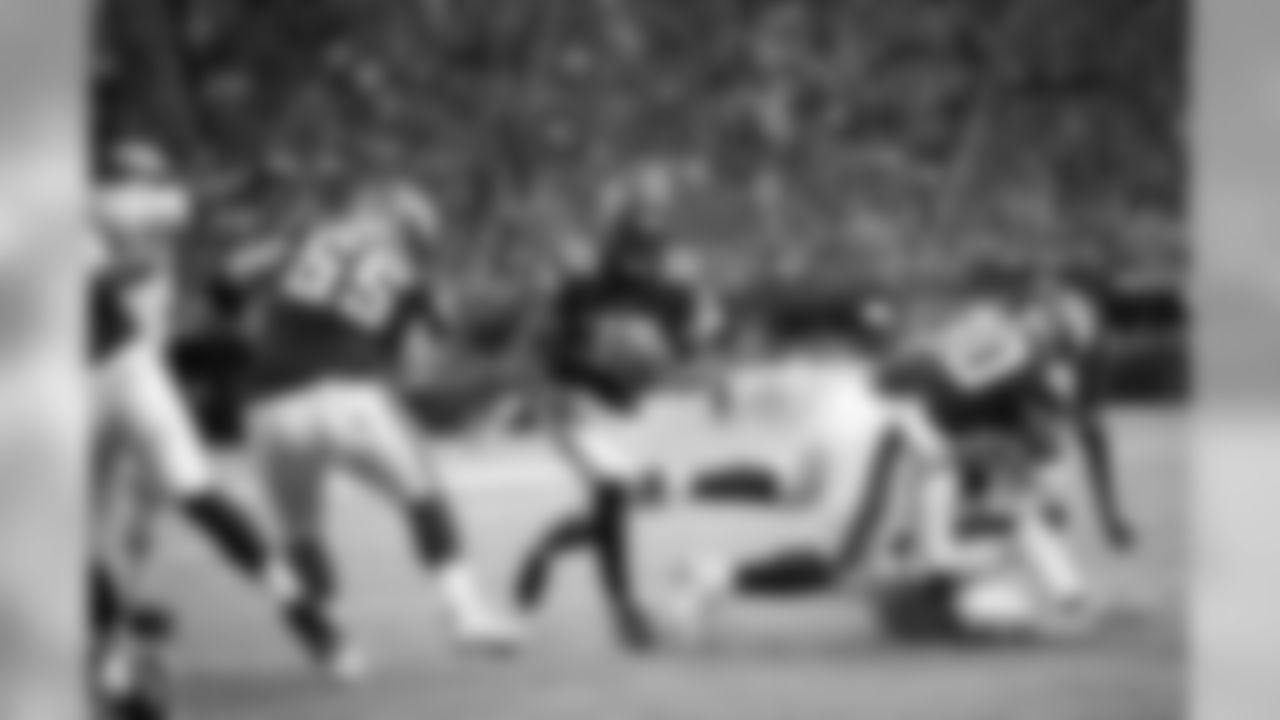

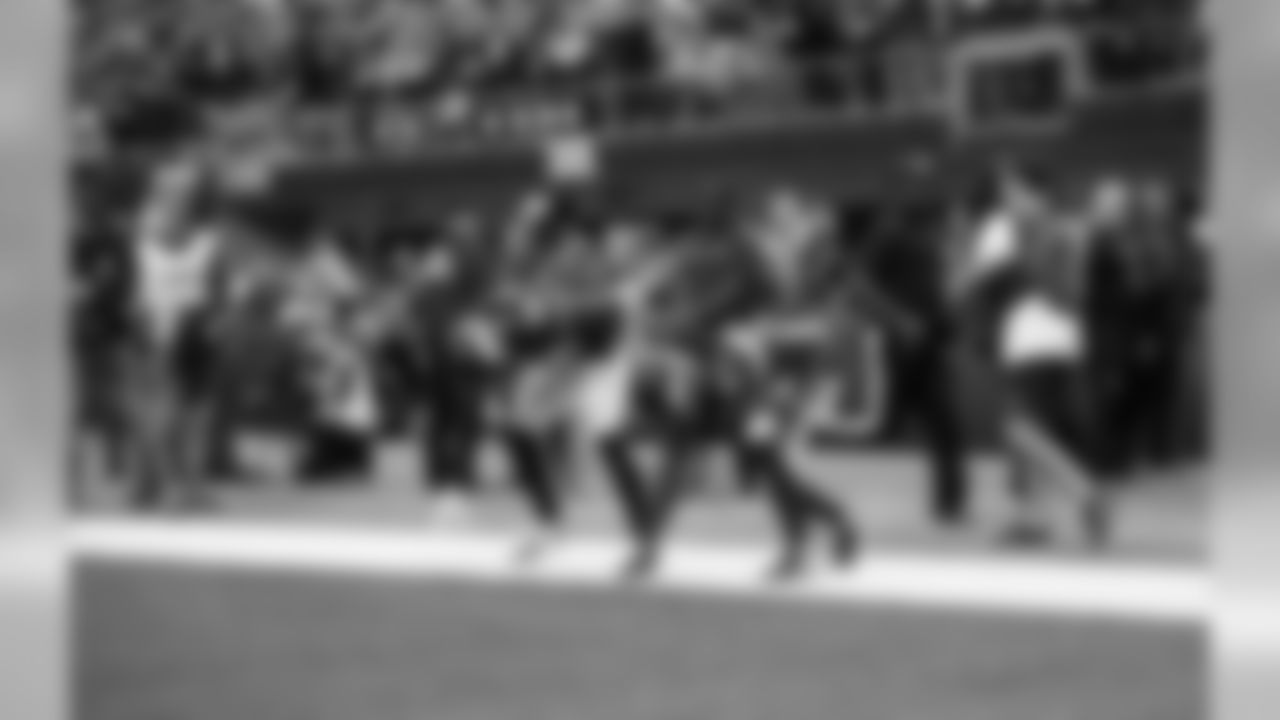



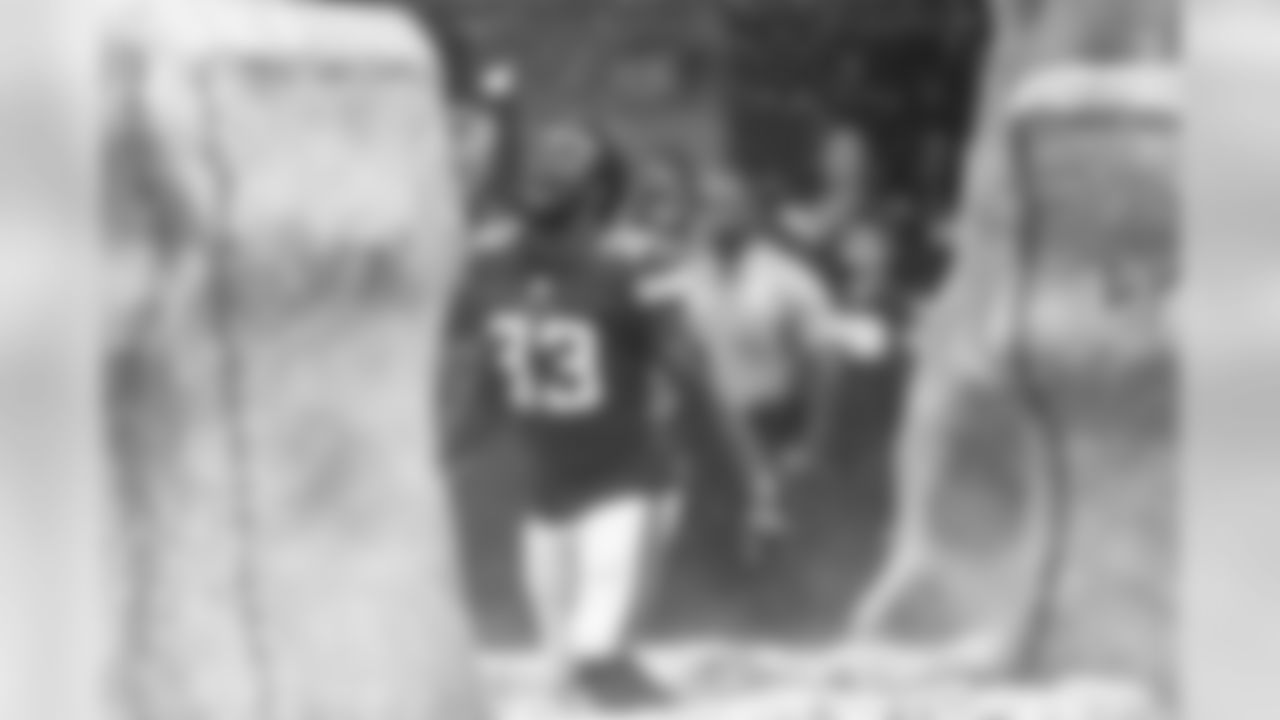


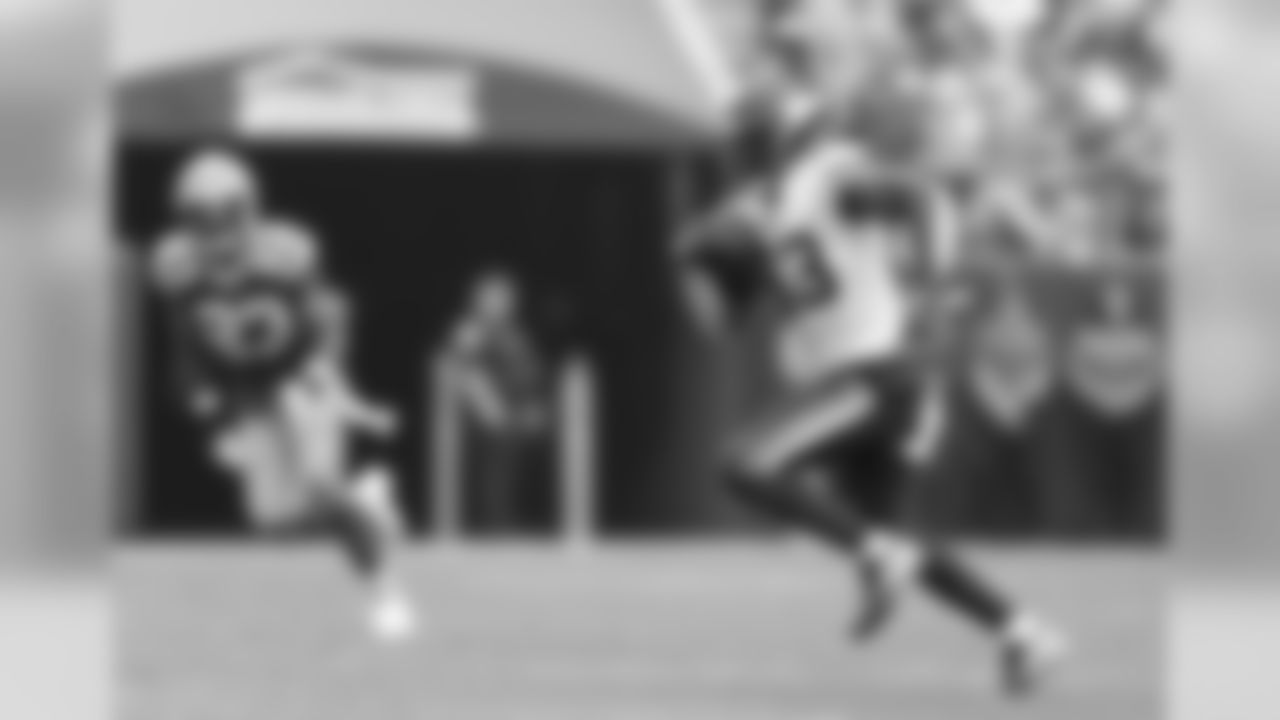
An image from September 15, 2019 regular season away game against the Green Bay Packers. The Vikings loss 16-21.

An image from September 15, 2019 regular season away game against the Green Bay Packers. The Vikings loss 16-21.
The running game was [the Vikings] strength. The over-usage of Dalvin Cook slowed the game down considerably, with injuries to Cook and too much pounding left him not very effective. To have a successful running game, the two-back system is essential. Otherwise, we won't be effective at the end of year to succeed in the playoffs. We have an effective running back in Alexander Mattison, and he should be inserted behind Cook much more extensively to relieve him.
– Bruce
I think it's definitely fair to say that anyone receiving significant playing time has his share of bumps and bruises toward the end of the season, and players often say that it's rare for anyone to be 100 percent heading into the final games. I'm not a doctor or a trainer, so I can't say whether or not the injuries Cook sustained would have been prevented if he had played fewer snaps. And I'm not a coach, so I won't speak to the game plan and how much a player is or isn't used. Worth pointing out, however, is how effective Cook was in most games that he was on the field, which helped put Minnesota in position for the playoffs in the first place.
But to your point, the Vikings do have a reliable No. 2 back in Mattison, and we saw flashes from him – as well as Mike Boone – throughout the season. Now that Mattison has his rookie NFL season under his belt, it will be interesting to see how he continues to be implemented in Minnesota's offense under Kubiak.
Why do the Vikings attempt so many screen passes behind the line of scrimmage?
– Levi from Andover, Minnesota
As noted in response to Ellie's question above, the Vikings saw a lot of success in the screen game in 2019, during which they implemented a new offensive system under Gary Kubiak and Kevin Stefanski. Cousins connected often with Cook on screen passes and involved other players, as well, including Mattison, Rudolph and receiver Stefon Diggs.
I can't say without being part of the game plan, but I'd imagine it sometimes has to do with slowing down an opponent's pass rush and keeping defenders honest. Screens can be high-percentage throws with solid payoffs. Zimmer had spoken a couple years back about wanting to become a team that was better at screens, and the Vikings have done that. On other receptions by running backs, they are checkdowns because a defense has taken away other options.
We delved into some of Cousins' stats on passes behind the line of scrimmage. On such plays, he averaged 2.67 seconds to throw and was 68-of-81 (84.0 percent) for 581 yards with one interception. His passer rating on throws behind the line of scrimmage was 91.4.
In those behind-the-LOS instances, Minnesota relies on an offensive line that has been built to use athleticism, get to the second level and push the skill position players into space.



